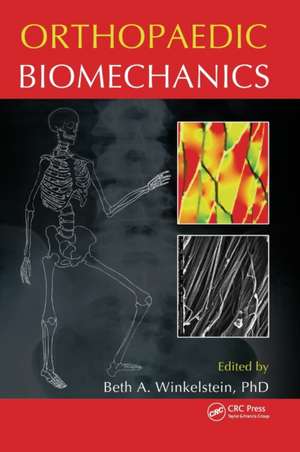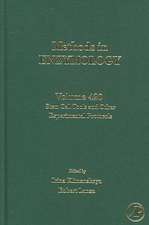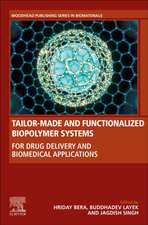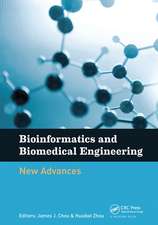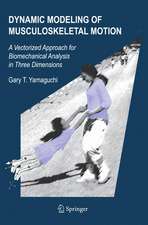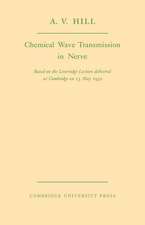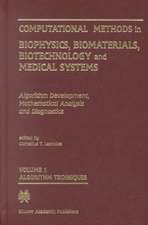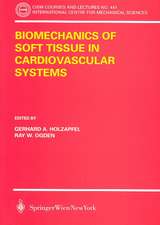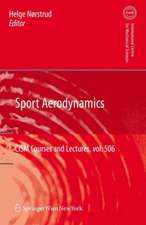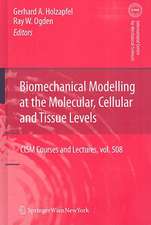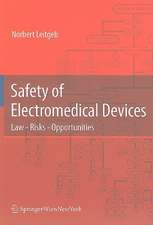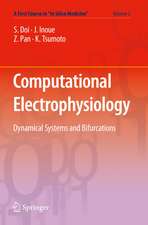Orthopaedic Biomechanics
Editat de Beth A. Winkelsteinen Limba Engleză Hardback – 18 dec 2012
Discussing the relationship between mechanical loading, function, and biological performance, it first reviews basic structure-function relationships for most major orthopedic tissue types followed by the most-relevant structures of the body. It then addresses multiscale modeling and biologic considerations. It concludes with a look at applications of biomechanics, focusing on recent advances in theory, technology and applied engineering approaches.
With contributions from leaders in the field, the book presents state-of-the-art findings, techniques, and perspectives. Much of orthopaedic, biomechanical, and biomedical engineering research is directed at the translational capabilities for the "real world". Addressing this from the perspective of diagnostics, prevention, and treatment in orthopaedic biomechanics, the book supplies novel perspectives for the interdisciplinary approaches required to translate orthopaedic biomechanics to today’s real world.
Preț: 1413.01 lei
Preț vechi: 1723.18 lei
-18% Nou
Puncte Express: 2120
Preț estimativ în valută:
270.41€ • 293.63$ • 227.15£
270.41€ • 293.63$ • 227.15£
Carte tipărită la comandă
Livrare economică 22 aprilie-06 mai
Preluare comenzi: 021 569.72.76
Specificații
ISBN-13: 9781439860939
ISBN-10: 1439860939
Pagini: 656
Ilustrații: 158 black & white illustrations, 37 black & white tables
Dimensiuni: 178 x 254 x 41 mm
Greutate: 1.36 kg
Ediția:New.
Editura: CRC Press
Colecția CRC Press
ISBN-10: 1439860939
Pagini: 656
Ilustrații: 158 black & white illustrations, 37 black & white tables
Dimensiuni: 178 x 254 x 41 mm
Greutate: 1.36 kg
Ediția:New.
Editura: CRC Press
Colecția CRC Press
Public țintă
Academic and Professional Practice & DevelopmentCuprins
Structure and Function of Orthopaedic Tissues. Musculoskeletal Structures. Biologic Considerations and Clinically Related Orthopedic Biomechanics.
Notă biografică
Beth A. Winkelstein is with the Department of Bioengineering at the University of Pennsylvania, Philadelphia.
Recenzii
"… This text is intended for both the novice and established researcher working the field of orthopaedic biomechanics. However, this book assumes that the reader has some basic knowledge about biomechanics, finite element modeling, and biomaterials used in orthopedic surgery. Composed of twenty-one chapters with approximately 3,000 references, "Orthopaedic Biomechanics" provides an exhaustive literature review of the most current published data in orthopaedic biomechanical engineering. This work focuses on the vast and complex nature of the field of orthopedic biomechanics that challenges both researchers and clinicians. The book is divided into three sections that begin with basic concepts, principles, and function of tissues. Each section builds upon the previous and culminates with the integration of biomechanical properties and their application in a clinical setting. "Orthopaedic Biomechanics" is an illustrated text including diagrams, anatomical dissections, experimental charts, finite element equations, and color photographs. Each chapter begins with an introductory overview and reviews the pertinent micro and macro-anatomy before discussing the chapter topic. A brief summary incorporating future research considerations emphasize the most important topics and leave the reader with a complete understanding of the chapter."
––Solomon P Samuel and Nathan C Tiedeken, BioMedical Engineering OnLine
––Solomon P Samuel and Nathan C Tiedeken, BioMedical Engineering OnLine
Descriere
This book presents state-of-the-art developments of orthopedic biomechanics across tissues in the musculoskeletal system at all size scales and with direct relevance to engineering and clinical applications. Discussing the relationship between mechanical loading, function, and biological performance, it first reviews basic structure-function relationships for most major orthopaedic tissue types followed by the most relevant structures of the body. It then addresses multiscale modeling and biologic considerations. It concludes with a look at applications of biomechanics, focusing on recent advances in theory, technology, and applied engineering approaches.
